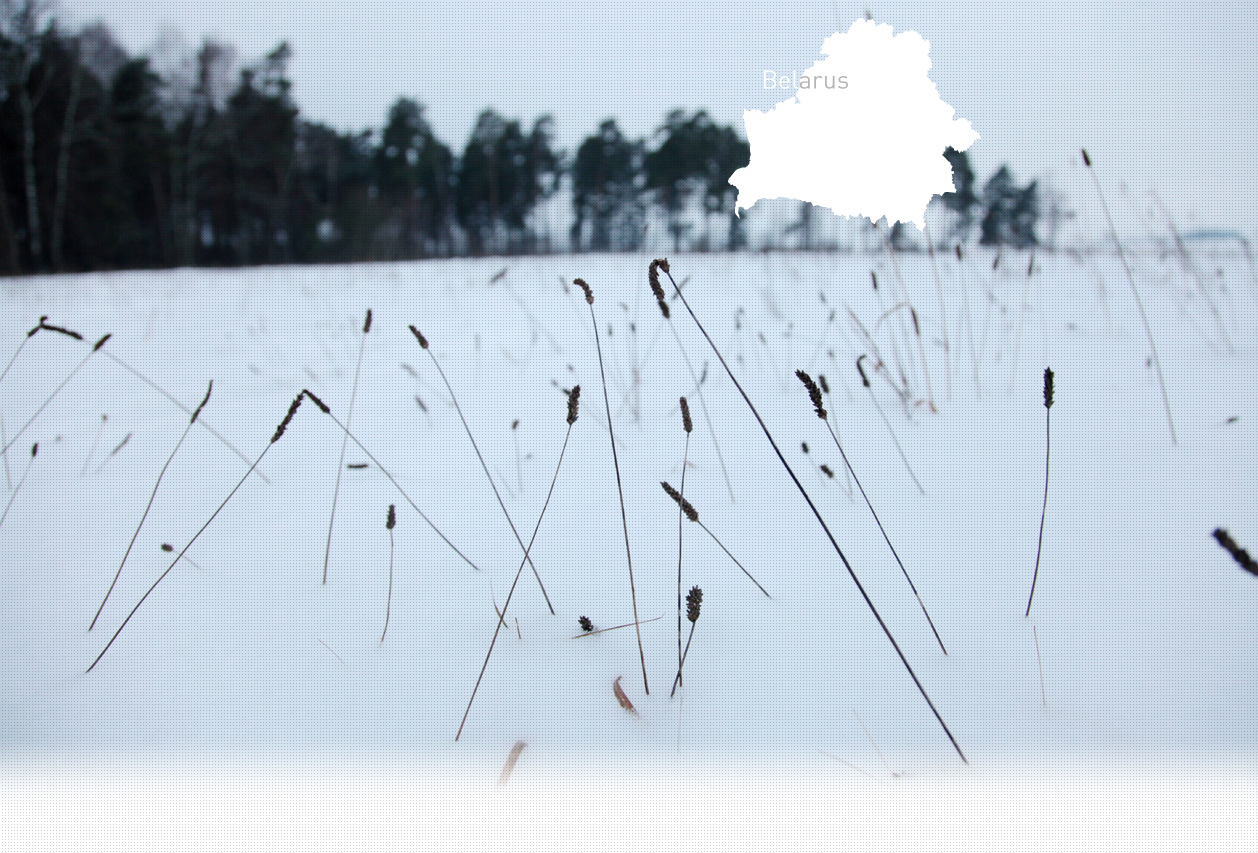

1 Killing site(s)
Zenin B.: "I lived with my family in a street that was supposed to be part of the ghetto, not far from the forest where the Jews were later killed. One day a town official came to tell us that it was necessary to move to make space for the Jews who were coming. We had to look for a house in the town center, and we shared it with another family.” (Witness N°728, interviewed in April, 2014)
“People were shot with machine guns in 3 large pits that had been dug in advance. The people condemned to death had to undress. After that, they had to come down to the pits in groups of 10-50 people. The victims had to line themselves up on top of the previous bodies before being shot. It was done in this way until the pit was filled.” [Deposition of F.B. for the Soviet Extraordinary State Commission, RG-22.002M.7021-86-42]
“I attended a large extermination of the Jews in Lida by myself, during my service over there. The Gebietskommissar Hannweg asked me to come with him. We left Lida at about 6:45 am. We drove a short distance in the countryside around the city of Lida. On the order of Hannweg, the driver stopped and we continued on foot in the direction of the forest. A little farther away, I saw people being shot on both sides of the path. According to what I was able to see, the people lying down were elderly, as well as people who with disabilities.” [Testimony of Rudolf D. during Lida’s Gebietskommissariat trial, June 1963, B162-3416p.77/202AR-Z94/59Vol.Xp.2996]
Lida is an important city located 160km west of Minsk. Before the war, there were around 8500 Jews living there, with several synagogues as well. The main Jewish streets were Pastovskaya and Krasnoarmeiskaya Streets. The Jews lived off small trade and craftwork. The city was occupied on June 28, 1941.
A few days after the Germans’ arrival, 92 educated Jews were selected and shot about 2km outside of the city. As Lida was an important city, there were several German units within the posted there, and it was also the seat of a Gebietskommissariat. A Judenrat was created and had to select Jews for forced labor, such as cleaning the streets.
In September 1941, a ghetto was established in 3 separate quarters of the city. The largest one was on Postavska and Chlodna Street. The second one was on two streets close to Borovka Forest. The third was in the Piaski Quarter.
In March 1942, after Jews were accused of having robbed an Orthodox priest, all the Jews were gathered in the central square. The Jews had to give up all their belongings. After denunciations, nearly 40 Jews were shot on the spot, along with 200 Jews who were still in the ghetto.
On May 8, 1942, all the Jews from the different ghettos were gathered in three different locations. Jews able to work were kept apart, the others were led away in columns to Borovka Forest. According to witnesses interviewed by Yahad, three pits were dug in advance by local inhabitants who lived close to the forest. The Jews were killed by SS Lithuanian and Latvian auxiliaries under German supervision. More than 5600 Jews were murdered during that Aktion. Before the liquidation of the ghetto in September 1943, hundreds of Jews managed to escape to the Naliboki Forest, where they joined the Bielsky partisans. The remaining Jews were driven to the railway station and sent to the Maidanek and Sobibor extermination camps in occupied Poland.
Do you have additional information regarding a village that you would like to share with Yahad ?
Please contact us at contact@yahadinunum.org
or by calling Yahad – In Unum at +33 (0) 1 53 20 13 17